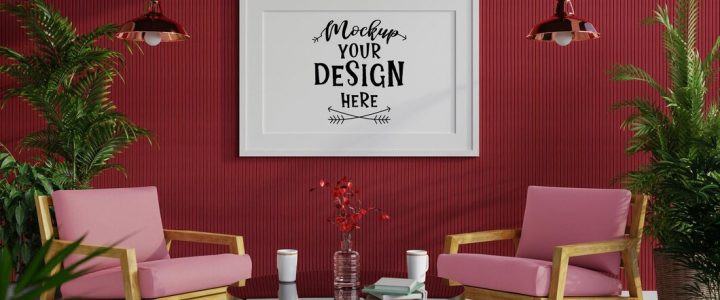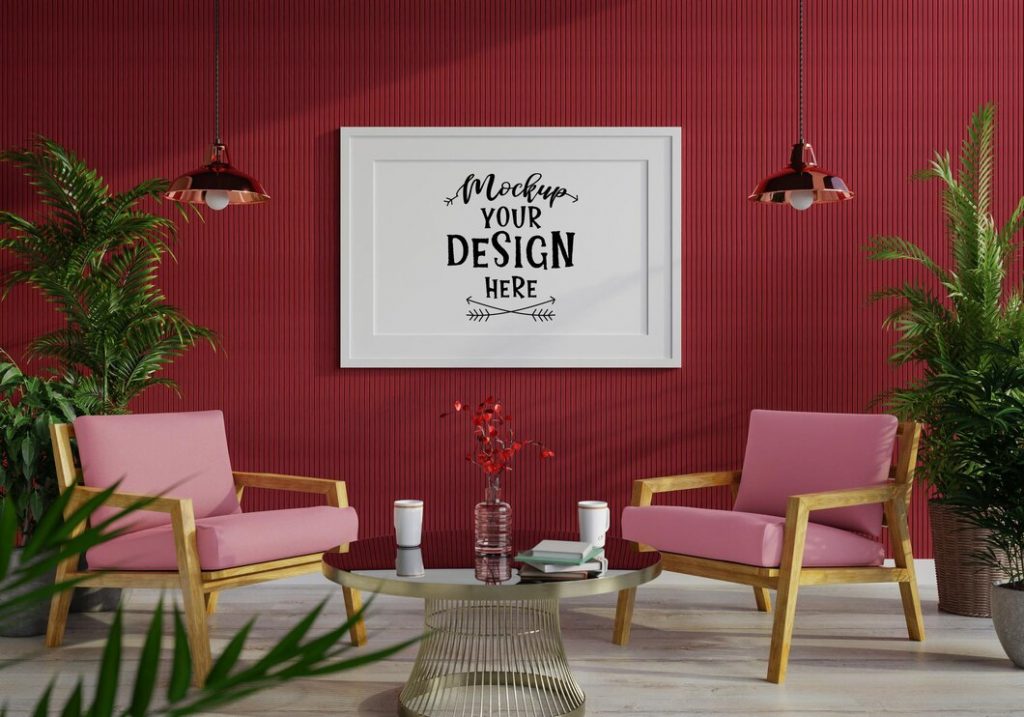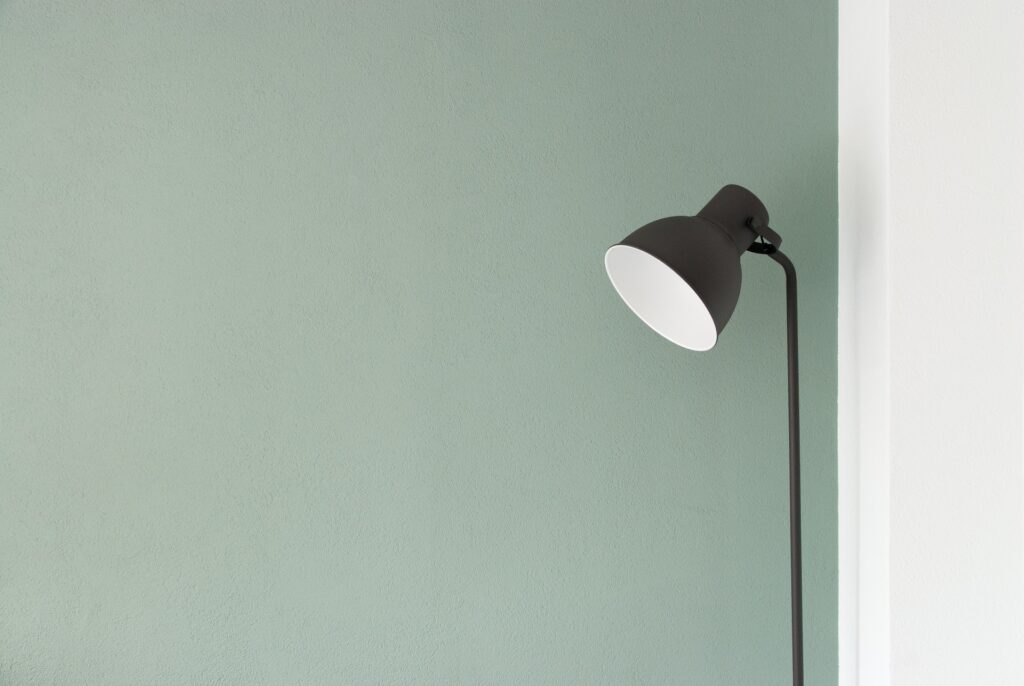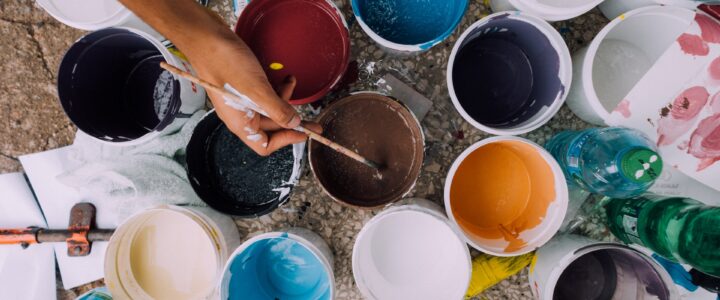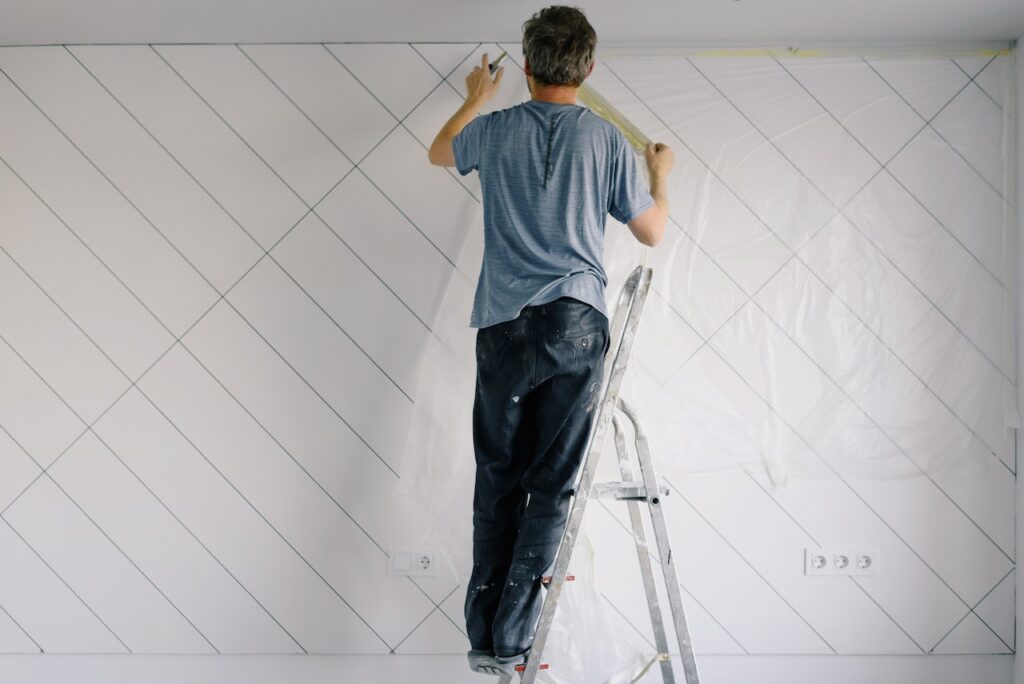Commercial buildings often serve as more than just places of business; they’re reflections of a company’s identity and values. One of the most effective ways to enhance the aesthetics and atmosphere of a commercial space is through strategic painting techniques.
Whether you’re looking to refresh a tired facade or create a bold statement, here are five painting techniques to consider for transforming your commercial building into a captivating space.
1. Color Psychology: Setting the Tone
Color has a profound impact on mood and perception, making it a crucial element in commercial design. Before picking up a paintbrush, consider the psychological effects of different colors and how they align with your brand image and desired atmosphere. For example, cool tones like blues and greens can promote a sense of calm and professionalism, while warm tones like reds and yellows evoke energy and warmth.
2. Accent Walls: Adding Dimension
An accent wall is a powerful tool for adding visual interest and depth to a commercial building’s interior. By painting one wall in a contrasting color or pattern, you can draw attention to architectural features, create focal points, and break up monotonous spaces. Whether it’s a bold pop of color or a subtle geometric design, an accent wall can transform an ordinary room into a dynamic and engaging environment. Consider incorporating your brand colors or motifs for a cohesive and personalized touch.
3. Texture Painting: Adding Tactile Appeal
Texture painting techniques offer a tactile element that can elevate the look and feel of a commercial space. From faux finishes like marble or wood grain to textured plaster or stucco effects, there are endless possibilities for adding depth and character to walls and surfaces. Texture painting not only enhances visual appeal but also creates a sense of richness and sophistication, making your commercial building stand out from the crowd. Experiment with different textures to find the perfect balance between style and functionality for your space.
4. Mural Art: Making a Statement
Mural art is a powerful form of expression that can transform blank walls into captivating works of art. Whether it’s a vibrant street mural or a sophisticated mural depicting your brand story, incorporating mural art into your commercial building can make a bold statement and leave a lasting impression on visitors.
Collaborate with local artists or muralists to create custom designs that reflect your company’s values, culture, or the surrounding community. Not only does mural art add visual interest, but it also enhances the overall aesthetic appeal of your space.
5. Green Painting: Sustainable Solutions
In today’s environmentally conscious world, sustainable design practices are more important than ever. Green painting techniques, such as using low-VOC (volatile organic compound) paints and eco-friendly finishes, not only reduce harmful emissions and indoor air pollution but also contribute to a healthier and more sustainable environment. Additionally, consider incorporating biophilic design elements, such as botanical motifs or natural textures, to connect occupants with nature and enhance their overall well-being.
Conclusion
Transforming a commercial building into a visually stunning and engaging space requires careful consideration of painting techniques that align with your brand, values, and target audience. Whether you’re looking to create a serene oasis of calm or an energetic hub of creativity, the right painting techniques can enhance the aesthetics, atmosphere, and functionality of your commercial space.




